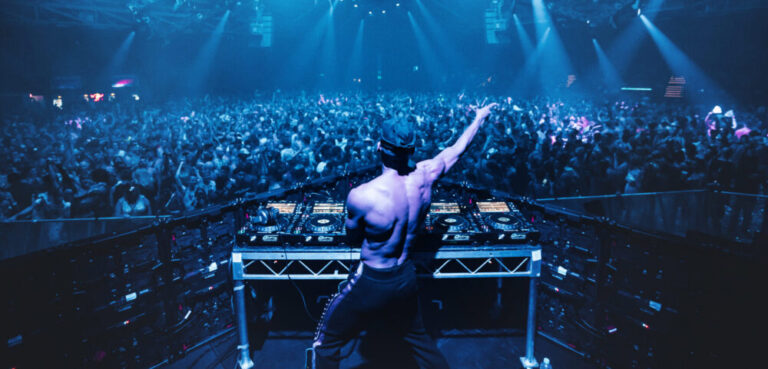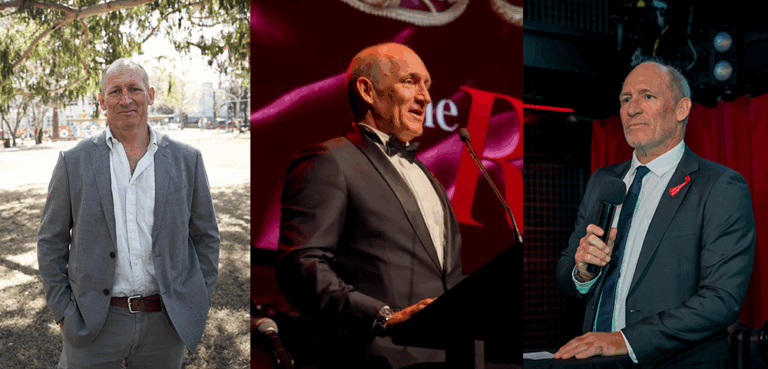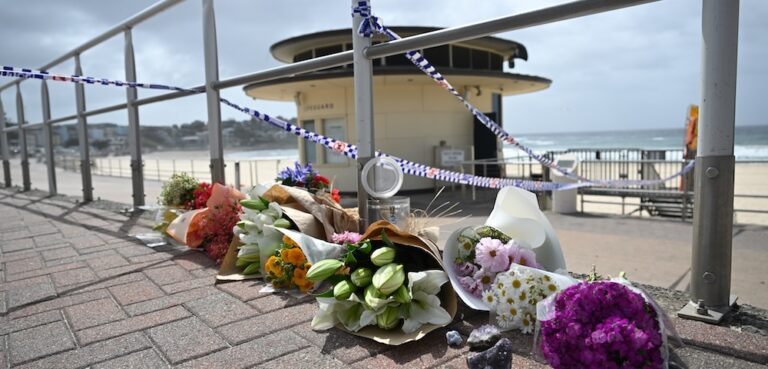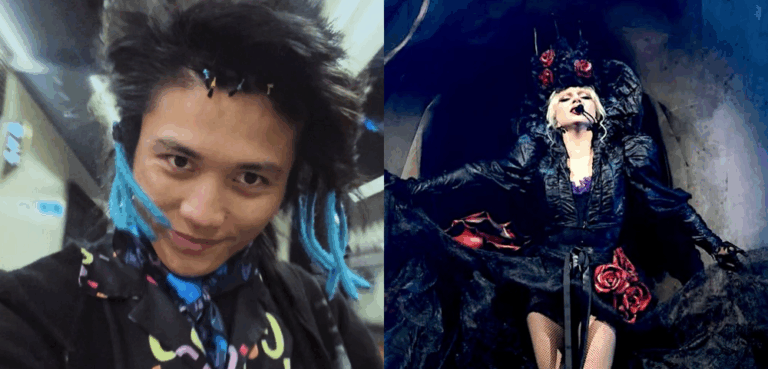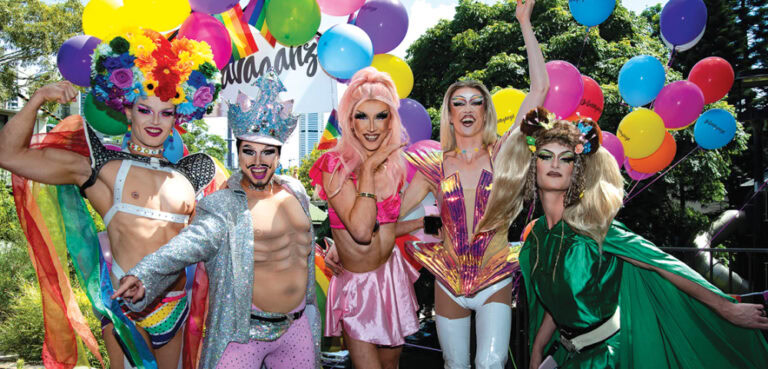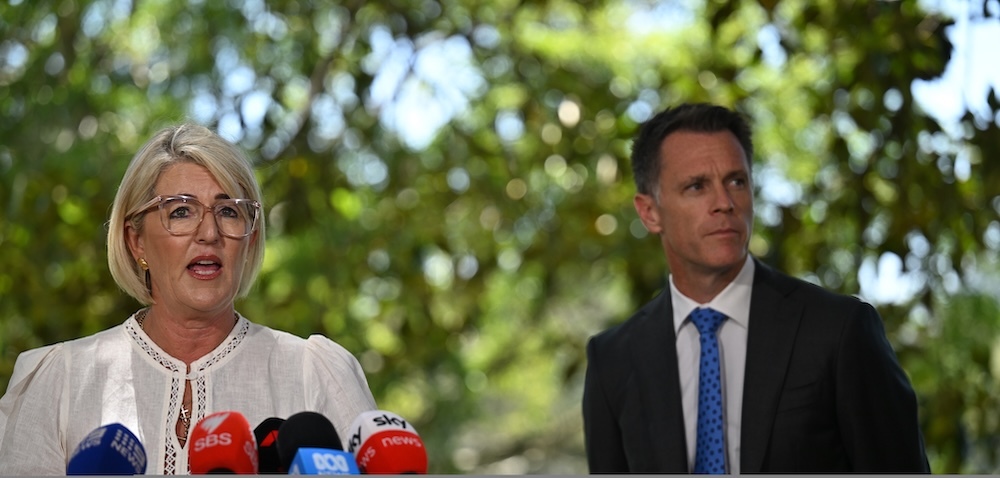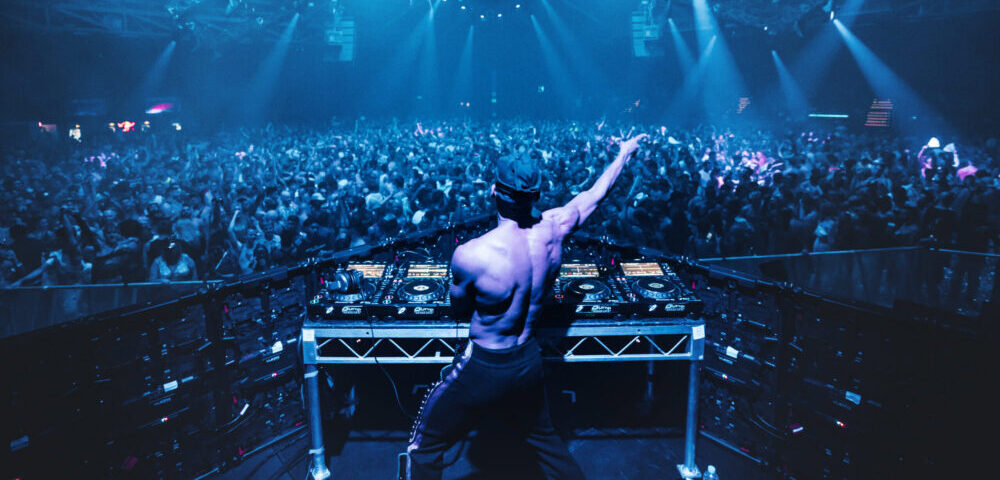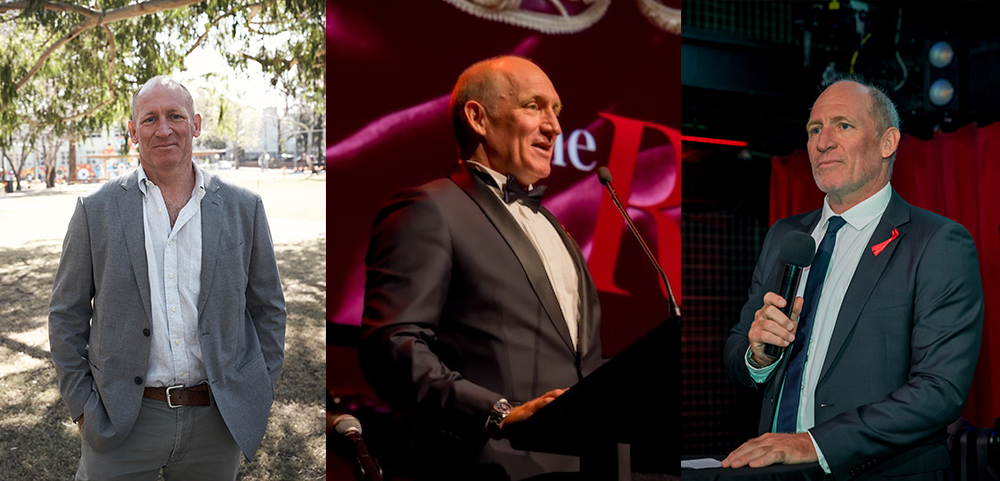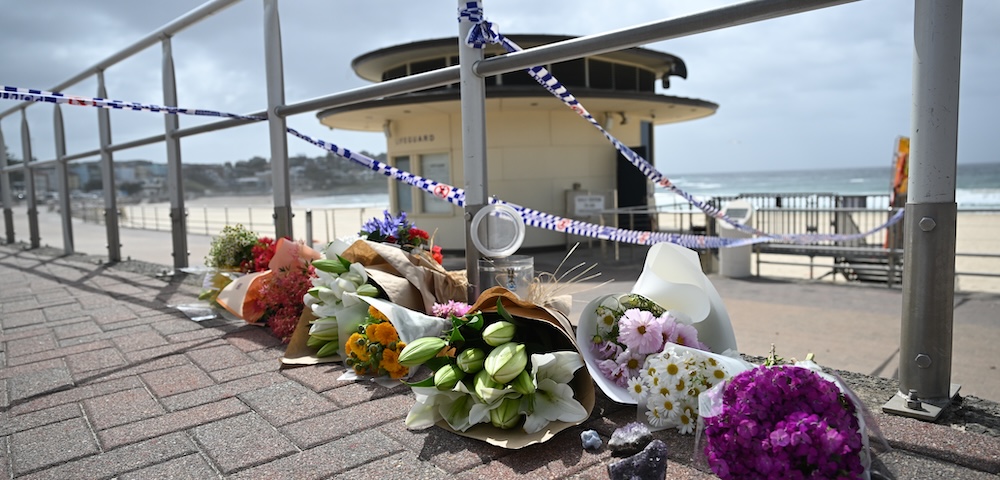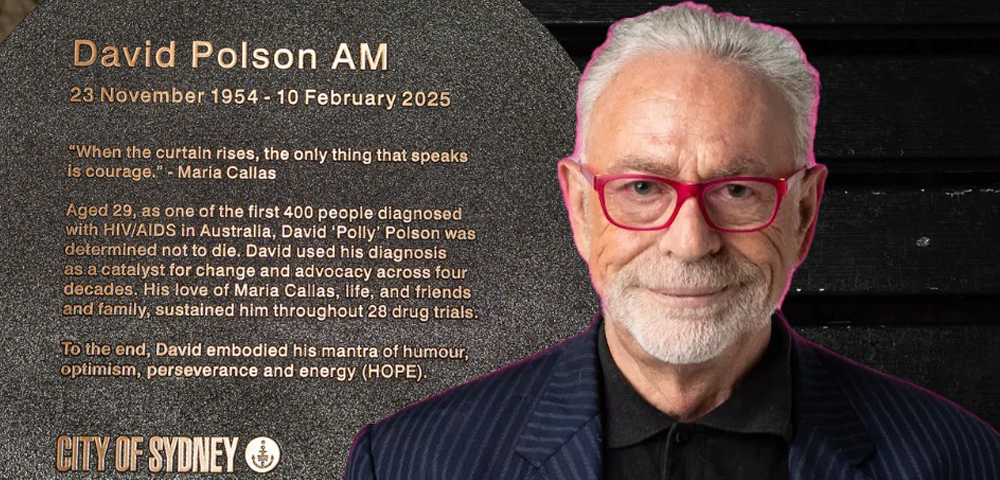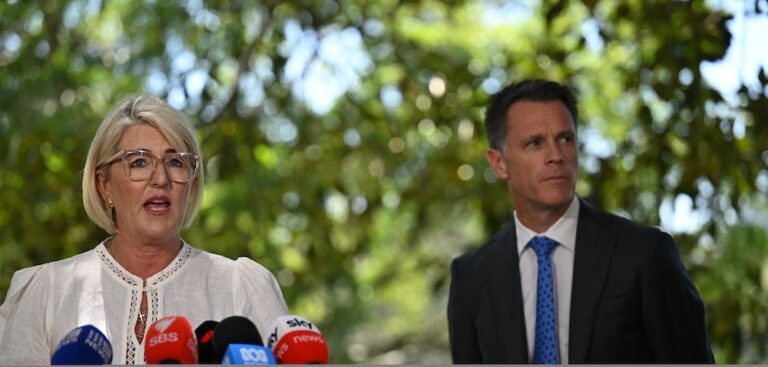
The exploding drag queen
The list of artists is both impressive and queer, and queer also in the sense of being just plain odd. Keith Haring, The Kingpins, Luke Roberts and Craig Russell are exhibited alongside Mambo and Chintan and Hema Upadhyay. Add Barbara Kruger, Cary Liebowitz, Julie Rrap and Cindy Sherman to the list and a clearer picture forms -“ one that probably involves someone dressed in clothing intended for the opposite gender.
Speaking with curators Gary Carsley and Liz Ashburn though, I discover that the show isn’t necessarily about drag, although it was certainly their starting point. The inspiration for the project actually began with an episode of Sex And The City, in which an exhibition of drag king photography was credited to a fictional heterosexual male character.
[The exhibition] is meant as an introduction to a certain position, particularly in response to a year ago, to what was considered to be a very sophisticated program for smart adults, just zipping on the body of lesbian performativity and repackaging it as this heterosexual male eye candy. It was particularly offensive and has to be challenged -¦ Carsley explains.
Ashburn concurs. The author of Lesbian Art: An Encounter With Power was less than impressed with the episode, but saw an opportunity to celebrate the influence that queer cultural practices (such as drag) have had beyond the aesthetic ghetto.
We were very much aware of the way that the centre pulls in the periphery, Ashburn says. There’s also embedded in [Parthenogenesis] a sort of chronology, where artists on the periphery have developed certain ideas and conventions and then you see them reworked by mainstream artists. That’s not the core of the show but it’s certainly one of the aspects that comes through working with the show. For example, the relationship between Haring and Mambo.
Unlike the cultural plunderers who created that Sex And The City episode, none of the artists chosen for Parthogenesis (which means virgin birth) are being accused of any kind of theft. Carsley is particularly glowing about Mambo, for instance, as an organisation.
First of all we wanted an exhibition that could appeal to a broad community, that was both scholarly and entertaining, Carsley says. Ashburn adds that it was crucial to locate the exhibition within an arts school environment (the College of Fine Arts at UNSW). We wanted to have an educative element within it, she says. Because these young people are developing practices, they need to become aware of what might one might call the ethics.
Of course, not all the art involves cross-dressing in the most literal sense. Julie Rrap’s work, according to Carsley, drags art history, while the photomontage postcards of Chintan and Hema Upadhyay drag up an exoticisation of Indian culture.
This is not art about drag, Carsley says. It’s not a drag show. -¦ It looks at a whole range of possible drag readings and certainly the process of colonialism as enforced drag.
In Carsley’s catalogue essay, he writes that anyone, who wilfully makes a representation or performance of another, drags. The position explains the broad scope of the exhibition, although I’m wondering whether the definition has become too expansive. Isn’t all art representation of some kind?
We’re conscious of the possibility that all art is drag, Carsley notes. We’re not assuming that all art can be subject to the same analytical methodology -¦ I don’t think that a construct of drag is most appropriate for all art but we are slyly aware of the -˜loose fitting’. This is a loose fitting garment! he smiles.
Parthenogenesis runs at the Ivan Dougherty Gallery, Selwyn Street, Paddington, until 3 May. Admission is free. Phone 9385 0726 for more information.
